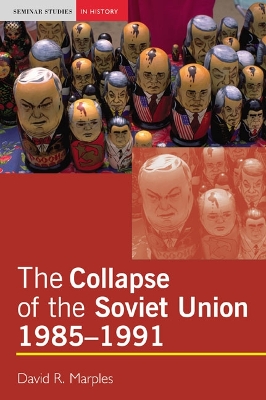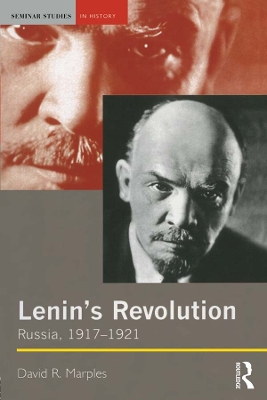Seminar Studies
2 total works
Why did the Soviet Union collapse in 1991?
The collapse of the Soviet Union has widely been seen as the result of the arms race and Cold War, and the failure of the Soviet side to keep pace with new technology. This book argues that the disintegration was mainly a result of two interrelated factors: the rise of the Soviet national republics, and the manipulation of the new Russian presidency by Boris Yeltsin in what became a direct power struggle between Yeltsin and the Soviet leader, Gorbachev.
Written in a clear and accessible manner, the book provides:
- an explanation of how the national question came to dominate Soviet politics by 1990-1
- analysis of the economic crisis that occurred in the late 1980s
- a chapter devoted to the year 1991, from the referendum to reform the Soviet Union to the unforeseen dissolution of the country by December
- a discussion of the personalities of and political confrontation between the two key statesman: Gorbachev and Yeltsin
Also containing a Chronology, Glossary and Who's Who of key figures, The Collapse of the Soviet Union is essential reading for students of twentieth century European history.
This book charts the Febuary Revolution, the October Revolution, the Civil War and the main individuals involved, giving a remarkable degree of clarity to the tumultuous events in Russia whose consequences the world lived with for the rest of the twentieth century.

